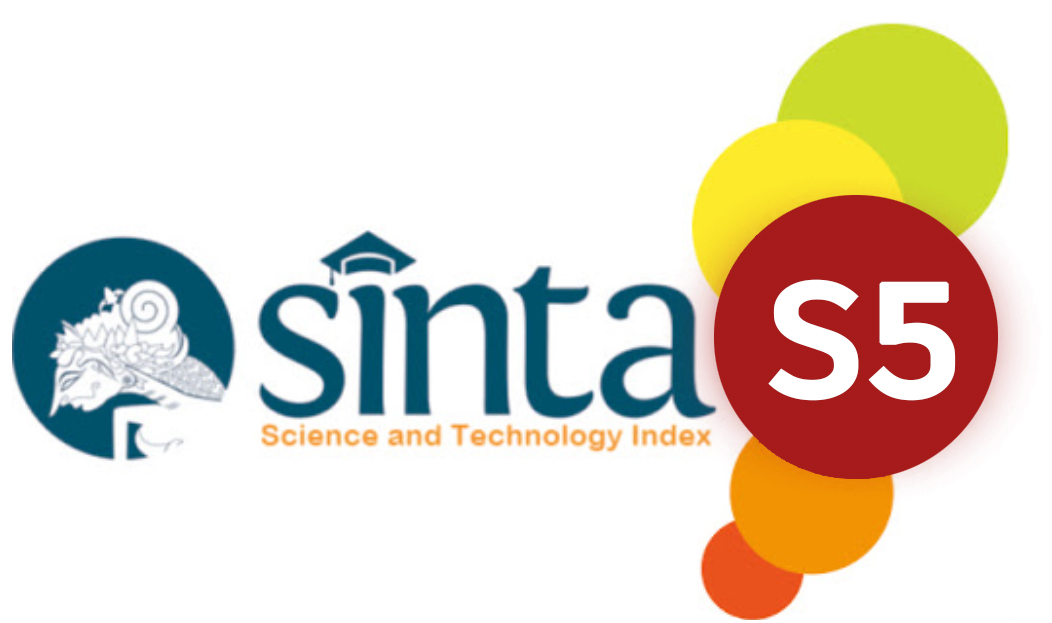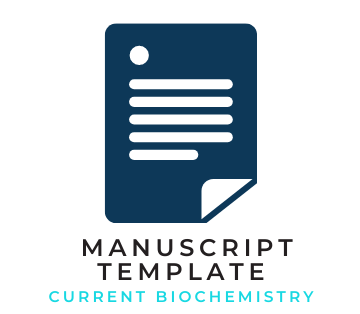Comparison of Methods for Glucosamine Production from Achatina fulica Shells Waste
Abstract
Osteoarthritis is a degenerative joint disease. This disease occurs when the joint feels painful due to mild inflammation that arises due to activity with the bone of end friction joints. Glucosamine has been proven to stimulate the production of cartilage and inhibit the enzyme that destroys cartilage. Glucosamine which was obtained from the hydrolysis of chitin occurs in a variety of animals such as the shell of crustacea, insects, arthropods, and the shell of molluscs (snail shells). There is a large snail population in Indonesia. Some restaurants and people make use by product snails as food sources. However, this process leaves snail shell as a by product. The high yield of glucosamine produced from snail shells use methods such as reflux+water bath and reflux+magnetic stirrer was 1.47%. Glucosamine hydrochloride was obtained through autoclave at 121 °C and pressure 1 atm for 70 minutes. The presence of chitin, chitosan, glucosamine was confirmed using FTIR spectroscopy. A joint pain ointment was prepared using glucosamine hydrochloride from snail shells concentration at 1 % w/w. Results of this research will be very useful for the reduction of agricultural pests while simultaneously generating a new product that can lift the economic value of snail shells.
Keywords: Chitin, Chitosan, Glucosamine, Osteoarthritis, Snail Shells












